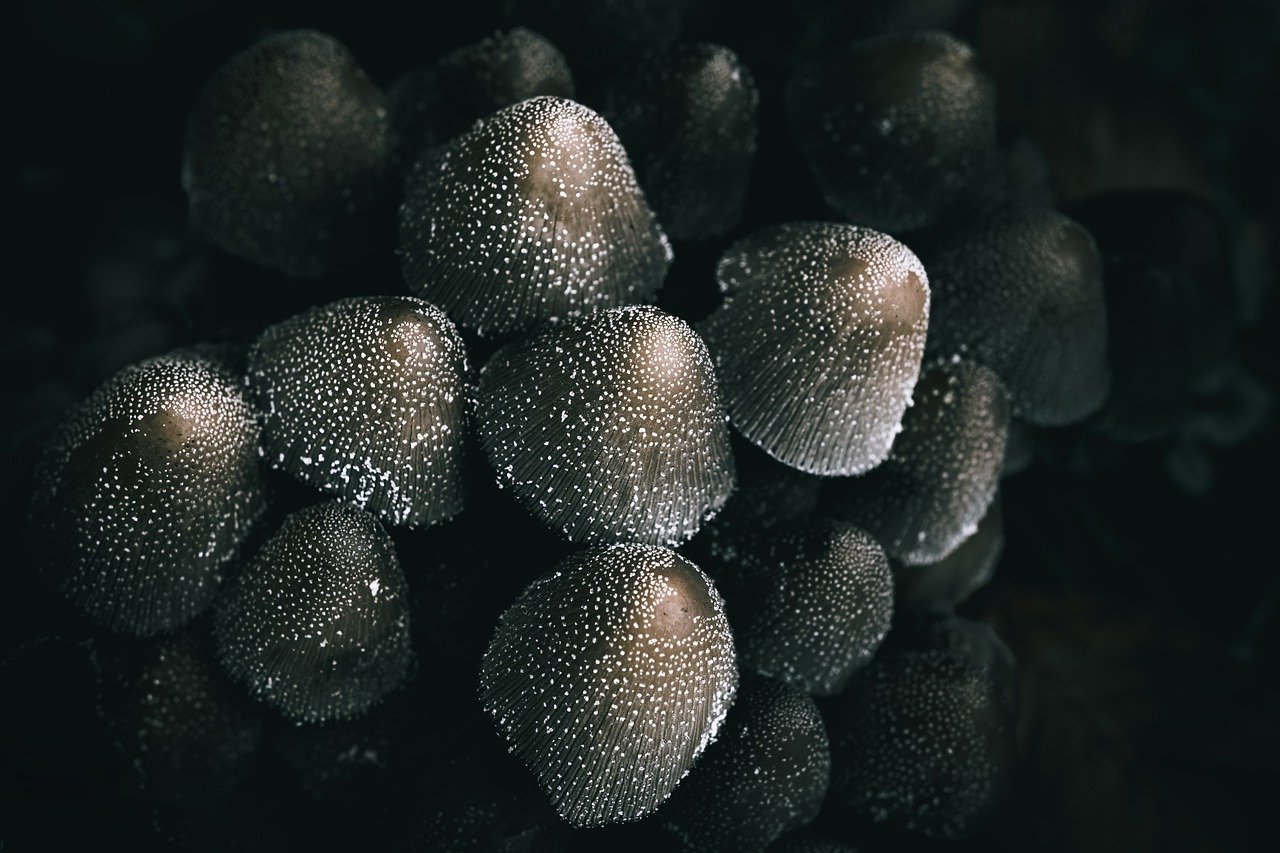Mushroom photography is a fascinating niche within the realm of nature photography. The intricate shapes, vibrant colours, and mysterious textures of mushrooms make them captivating subjects for photographers. However, capturing the essence of these ephemeral wonders requires a blend of technical skills, patience, and an understanding of the unique challenges posed by photographing mushrooms. In this article, we will explore some essential tips to help you elevate your mushroom photography skills.

Timing is Everything
Mushrooms are inherently transient, appearing and disappearing rapidly. To capture them at their best, head out to the woods or your chosen location after a rainfall. The moisture encourages mushrooms to flourish, creating a vibrant and photogenic scene. Early mornings or late afternoons can also provide soft, diffused lighting, enhancing the overall appeal for your mushroom photography.

Mind Your Composition
Effective composition is crucial in mushroom photography. Pay attention to the arrangement of mushrooms, ensuring there is a clear focal point. Experiment with different angles and perspectives to find the most interesting composition. Get down to the mushroom’s level for a unique viewpoint, capturing the intricacies of its cap, stem, and gills.
Use a Tripod for Stability
Mushroom photography often involves shooting in low-light conditions, especially in the forest. Using a tripod ensures stability, reducing the risk of blurry images caused by camera shake. A stable setup also allows for longer exposure times, enabling you to capture more details and create stunning bokeh effects in the background.

Choose the Right Lens
Macro lenses are a go-to choice for mushroom photography, as they allow you to get close and capture intricate details. A lens with a wide aperture (low f-stop) can create a beautiful shallow depth of field, isolating the mushroom from the background and emphasizing its features. However, don’t shy away from experimenting with different lenses to achieve diverse effects.
Mushroom news, activities and tips – delivered right to your inbox. Sign up now.
Pay Attention to Lighting
Natural light is your best friend in mushroom photography. Harsh sunlight can create harsh shadows and wash out colours, so opt for diffused light whenever possible. Overcast days or shaded areas in the forest provide soft, even lighting that enhances the textures and colors of the mushrooms without harsh contrasts.

Mind the Background
A cluttered or distracting background can take away from the beauty of your mushroom subjects. Look for clean, unobtrusive backgrounds that complement the mushroom’s features. Adjust your aperture to create a pleasing bokeh effect, blurring the background and making the mushroom stand out.
Highlight Textures and Patterns
Mushrooms are renowned for their unique textures and patterns. Zoom in to capture the intricate details of the cap, gills, or stem. Utilize side lighting to emphasize these textures, creating visually striking and engaging photographs.

Be Patient and Observe
Successful mushroom photography often requires patience and keen observation. Take the time to study the environment, noting interesting compositions, patterns, or interactions between mushrooms and their surroundings. This mindful approach can lead to more meaningful and captivating images.
Mushroom photography is a delightful pursuit that allows you to connect with nature and explore the hidden beauty of the forest floor. By implementing these tips, you can enhance your skills, capture stunning images, and share the enchanting world of mushrooms with others. Remember to embrace experimentation and enjoy the process of uncovering the magic that mushrooms have to offer through your lens.
The next step after photographing the mushroom is to learn the name and details of the mushroom.
